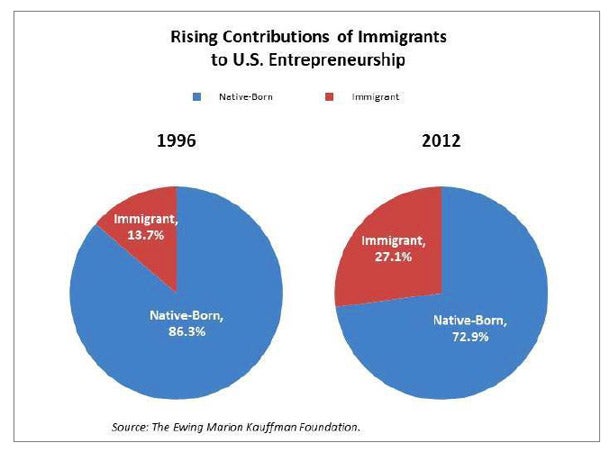 Terra Saunders is the brains behind "breastaurant" uniforms.
Terra Saunders is the brains behind "breastaurant" uniforms.
The designer and former NFL cheerleader has built a career conceiving of uniforms with a side of sex appeal for workers in the hospitality industry.
"There's more to breastaurants than cleavage," Saunders tells Business Insider. "We want something that breathes. We don't want pantylines or bra straps to show. The girls need to feel good and confident and there's a lot of science behind that."
Saunders has the right background to dress breastaurant staff.
As a cheerleader for the Dallas Cowboys in the mid-1990s, she designed clothes for her teammates. It wasn't long before others began to notice her skills and in 1997, she launched Dallaswear Uniforms to sell apparel to professional cheerleaders and dancers.
 Her first experience designing for breastaurants came in 2009, when the owner of Twin Peaks Restaurants, a chain of sports bars based in Dallas, approached her about designing a "sexy lumberjack" uniform for his employees.
Her first experience designing for breastaurants came in 2009, when the owner of Twin Peaks Restaurants, a chain of sports bars based in Dallas, approached her about designing a "sexy lumberjack" uniform for his employees.
"That's when the lightbulb went off," she says. "I started a new division specifically for breastaurants." Soon after, she trademarked the term "breastaurant uniform" so no other company could claim that they design the sexy workers' outfits.
Today, she counts breastaurants including Hooters, Double D Ranch, Whisky River, and Bone Daddy’s House of Smoke as clients, and employs 10 people in her offices in Dallas and Los Angeles.
 In 2013, she launched Waitressville, a division off her company Dallaswear Uniforms that focuses solely on waitress uniforms.
In 2013, she launched Waitressville, a division off her company Dallaswear Uniforms that focuses solely on waitress uniforms.
To make sure the clothes she designs are comfortable, her staff has to wear the uniforms for a day. The company uses its own fabric blend called Prostyle, which includes a touch of Lycra, and undergarments are typically sewn underneath the uniforms.
"The most important things I consider when designing uniforms is the location of the business, its goals, and its color scheme," she says. "I ask them about their dream outfit, their dream person to wear the outfits, and if they're going to be bartending or carrying beer or pizza."
"You want the workers to look great and feel happy because that's what makes more money for the restaurants," Saunders adds. " We want the restaurants to grow because it builds more exposure for us as well."

Eventually, Saunders wants to design uniforms for mom and pop stores, car washes, and airlines.
"The secret is creating a uniform that others will recognize right away. When you see a Dallas Cowboy cheerleader, it invokes a feeling inside of you. We want to accomplish that at a restaurant. Branding and taking that extra step is what makes you great."
SEE ALSO: How 'Breastaurants' Took Over The Casual Dining Industry


 From
From 


 Silicon Valley
Silicon Valley Starting up a company is a stressful, yet exciting venture. As the founder, you are the heart and soul of your company. In the early stages, you are the main driving force behind everything the company accomplishes.
Starting up a company is a stressful, yet exciting venture. As the founder, you are the heart and soul of your company. In the early stages, you are the main driving force behind everything the company accomplishes.
 New York City's miLES Storefronts was just named the winner of
New York City's miLES Storefronts was just named the winner of


 Most people have worked for a bad boss, but
Most people have worked for a bad boss, but 

 Power comes in many different forms, and leaders need to learn how to handle each type.
Power comes in many different forms, and leaders need to learn how to handle each type.

 Sulaiman Sanni, co-founder of nonprofit crowdfunding platform
Sulaiman Sanni, co-founder of nonprofit crowdfunding platform 

